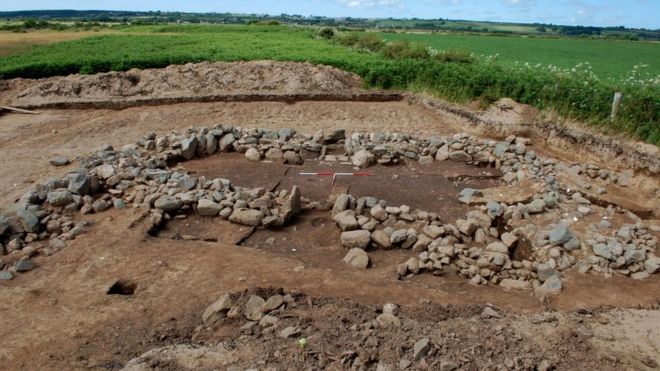In the 11th Century Dunwich was the 10th largest town in England
Evidence of violent storms that destroyed a lost town known as Britain's Atlantis has been uncovered.
The town was hit by a succession of storms in the 13th and 14th centuries and is now largely below the sea.
Researchers said sediment gathered from the cliffs independently corroborated the historical record.
Read the rest of this article...





